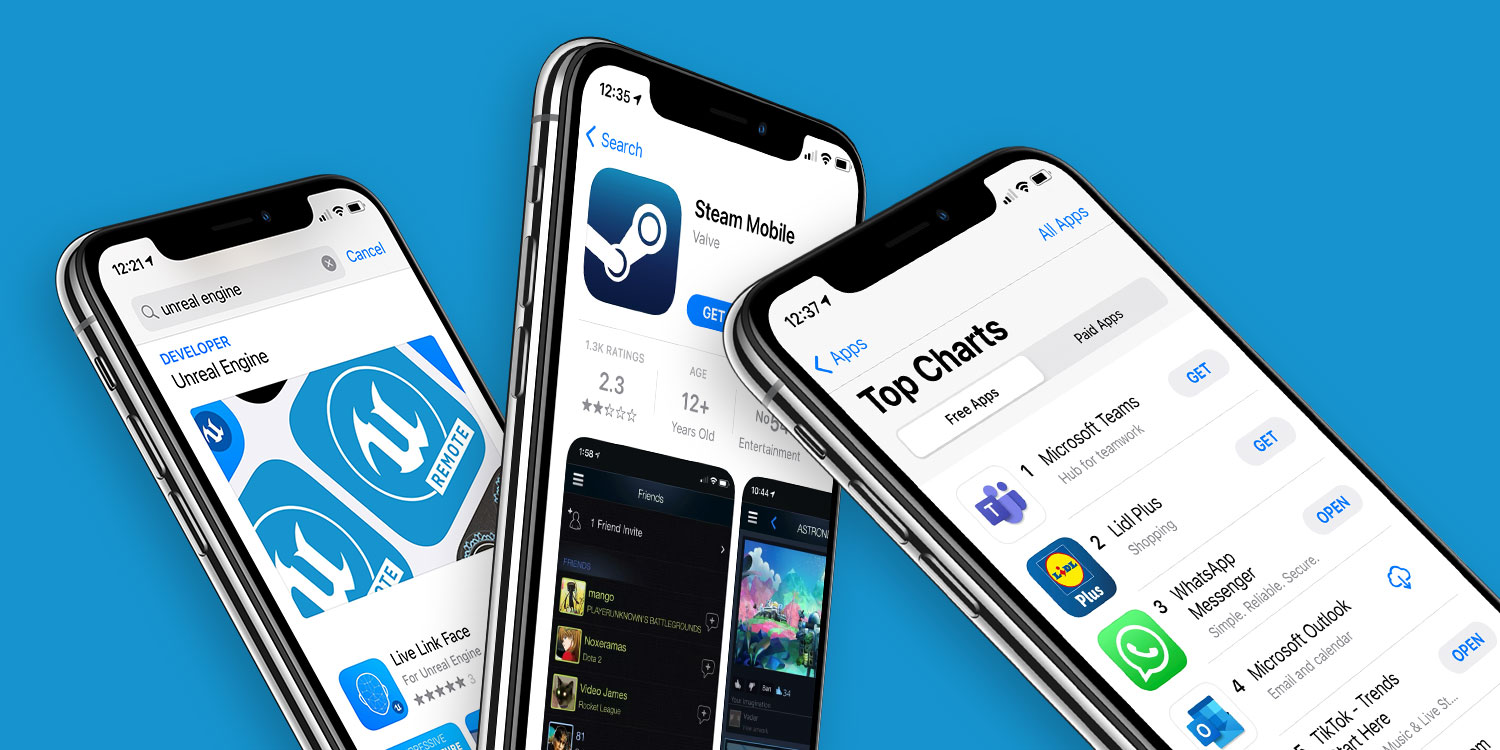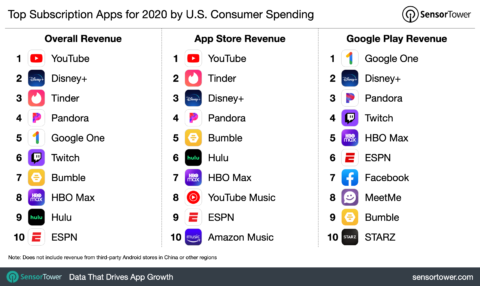It’s no secret that more and more apps are turning to subscription models for consistent revenue streams. Apps-as-services are more common than ever, and it seems the general populace is finally getting used to them.
The proof? According to a consumer spending report, the top 100 subscription-based apps (not including games) drew in a whopping $13 billion last year, around 34% more than the year before. The vast majority of that – $9.7 billion – came from iPhone and iPad users.
It’s likely the large year-on-year increase is thanks in part to so many people spending more time than usual at home in response to the global COVID-19 pandemic. It’s hardly surprising that people are desperate for digital entertainment given the circumstances.
Although consumer spending is relatively low on Google’s Android platform, Google itself is still a big earner from the subscription market overall, with its video platform YouTube topping the revenue charts for 2020 and YouTube Music hitting 8th place.
A host of familiar apps make up the rest of the top ten: Tinder, Disney+, Pandora, Bumble, Hulu, HBO Max, ESPN, and Amazon Music.
If you’re surprised by the omission of Netflix and Spotify, it’s likely because those apps do a good job of driving signups via their own websites rather than in-app, thus avoiding Apple’s 30% commission. This also means that the true amount users are spending on mobile apps actually eclipses $13 billion, as only subscriptions made via the App Store or Google Play Store were counted in this report.
Just because so many apps include subscriptions these days, it doesn’t mean the end of high-quality free resources. Our own app will always provide its daily news updates, app reviews, and of course our compendium of tips and tricks completely free – although we too now offer an optional premium subscription for access to exclusive long-form features.
Related reading: for a look at some of the best apps with generous free access, check out our Ultimate Freebies 2021 guide.


